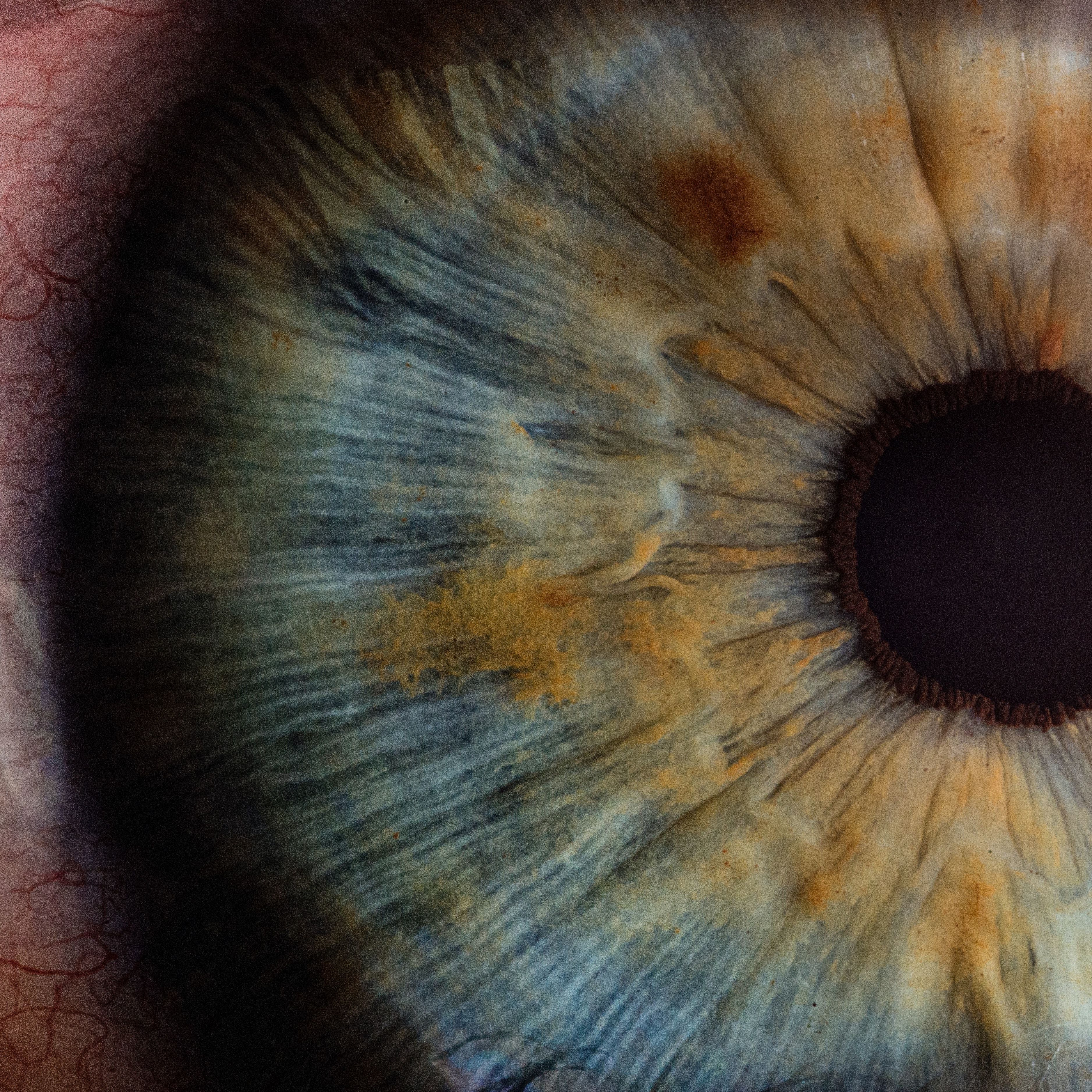Article
FDA Grants Fast Track Designation to FSHD Therapy
Author(s):
This morning, Acceleron Pharma announced that the US FDA has granted Fast Track designation to ACE-083 for the treatment of patients with facioscapulohumeral muscular dystrophy (FSHD).
This morning, Acceleron Pharma announced that the US Food and Drug Administration (FDA) has granted Fast Track designation to ACE-083 for the treatment of patients with facioscapulohumeral muscular dystrophy (FSHD).
“This is an important milestone in the development of ACE-083—our lead program within our neuromuscular franchise,” said Matthew Sherman, Chief Medical Officer of Acceleron in a press release. “FSHD is a serious and rare neuromuscular disorder for which there are currently no approved therapies available. With this designation, we will be able to expedite the FDA review process of ACE-083, and if successful, deliver the first locally-acting, ‘Myostatin+’ muscle agent as a meaningful treatment option for the thousands of patients impacted by FSHD.”
FSHD is a rare, genetic muscle disorder, and the primary clinical presentation of the condition is debilitating skeletal muscle weakness and loss. The symptoms of FSHD develop in a descending pattern, beginning with the face and upper body and progressing to the lower body in a “muscle by muscle” fashion.
ACE-083 consists of the naturally-occurring protein follistatin, which inhibits multiple TGF-beta ligands. It is being developed to have a concentrated effect along targeted muscles to maximize growth and strength selectively in the muscles into which the drug is administered.
ACE-083 is a locally-acting “Myostatin+” muscle agent and is currently being evaluated in a pair of Phase 2 trials: one in FSHD and a second in Charcot-Marie Tooth (CMT) disease.
Study A083-02 will be a multicenter, Phase 2 study to evaluate the safety, tolerability, pharmacodynamics (PD), efficacy, and pharmacokinetics (PK) of ACE 083 in patients with FSHD to be conducted in two parts. Part 1 will be open-label, dose-escalation, and Part 2 will be randomized, double-blind, and placebo-controlled.
Part 1 will be the open-label, dose escalation portion of the study and will consist of up to 6 cohorts of patients. It will aim to evaluate multiple ascending dose levels of ACE-083 in either the tibialis anterior (TA) or biceps brachii (BB) muscle. Patients in each of the 6 cohorts will be enrolled in a 4-week screening period before beginning treatment. A Safety Review Team (SRT) will meet to review data for each cohort when at least 4 patients within a cohort have completed their Day 43 visit prior to dose escalation.
Study duration for Part 1 for each patient will be an estimated 24 weeks, including a 4-week screening period, a 12-week treatment period, and an 8-week follow-up period following the final dose.
Part 2 will be the randomized, double-blind, placebo-controlled portion of the study and will include an open-label extension (OLE). Prior to the start of Part 2, a review of safety and efficacy data from Part 1 will be conducted to establish whether cohorts for one or both muscles will be pursued in Part 2. Additionally, the evaluation will provide the suggested dose level for each muscle. A total of up to 56 new patients (28 patients per muscle) could potentially be enrolled and randomized (1:1) to receive either ACE-083 (n=14/muscle) or placebo (n=14/muscle) bilaterally to either the TA or BB muscles (but not both). Patients will receive blinded study drug once every 3 weeks for approximately 6 months (9 doses). Study duration for Part 2 for each patient will be approximately 15 months, including a 1-month screening period, a 12-month treatment period (6-month double-blind, placebo-controlled, and a 6-month open-label extension), and a 2-month follow-up period after the last dose.
It is Acceleron’s belief that improved muscle strength in target muscles will be exhibited in this study and may provide a clinical benefit and enhance quality of life.
For more from the FDA, follow Rare Disease Report on Facebook and Twitter.





